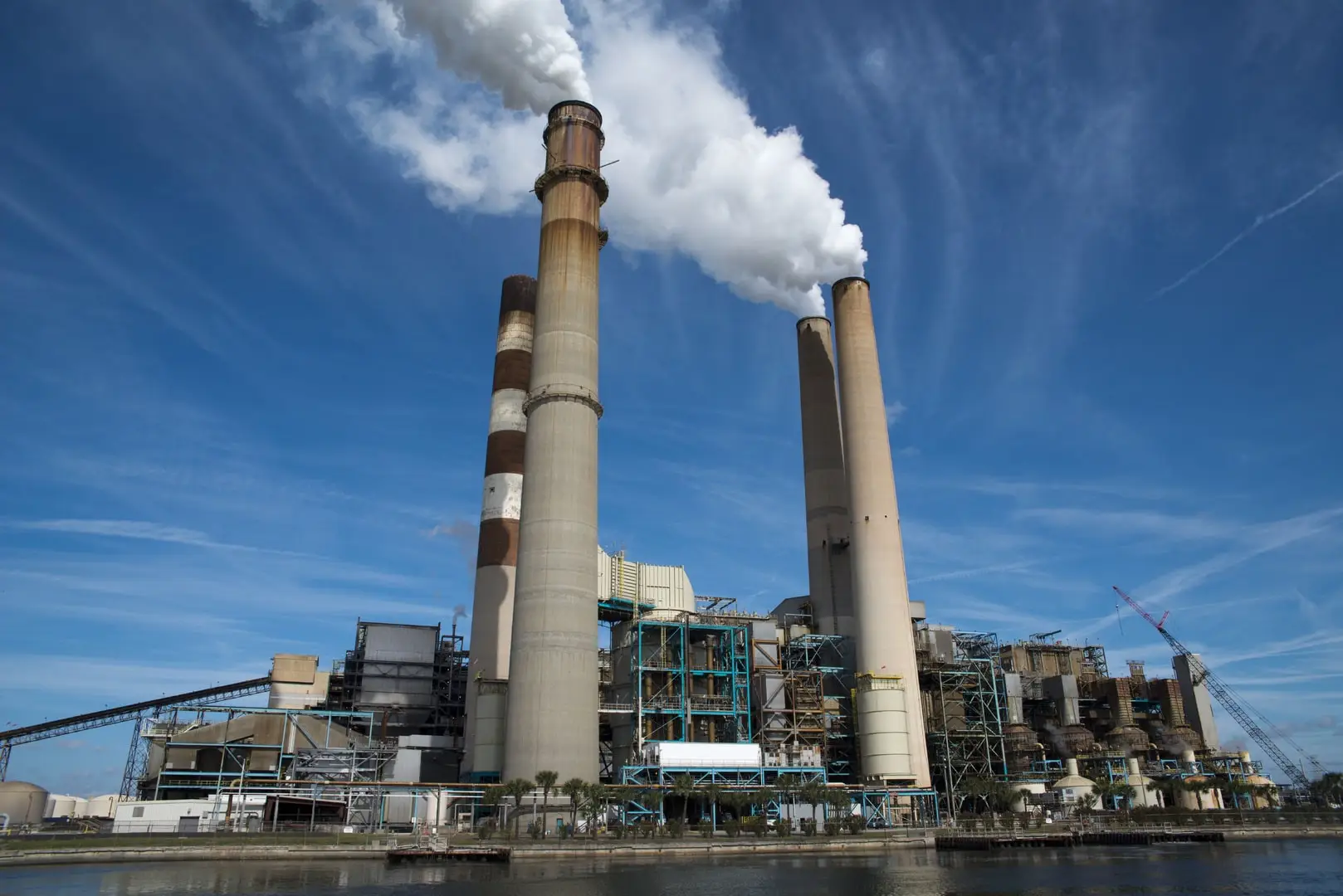As Bangladesh grapples with environmental challenges such as air pollution, water contamination, and rising carbon emissions, the introduction of a pollution tax could be a game-changer in the country’s journey towards a cleaner and greener future. By imposing financial penalties on polluters, a pollution tax would incentivize industries, businesses, and individuals to adopt cleaner technologies and reduce their environmental footprint. Here’s how a pollution tax could drive environmental and energy transformation in Bangladesh.
Understanding Pollution Tax
A pollution tax, also known as an environmental or carbon tax, is a levy imposed on activities that cause environmental harm, such as emissions from factories, vehicles, and waste disposal. The core principle is simple: make polluters pay for the damage they cause, thereby encouraging them to reduce pollution. This tax can target various pollutants, including carbon dioxide, sulfur oxides, nitrogen oxides, and other harmful emissions that degrade air, water, and soil quality.
Benefits of Implementing a Pollution Tax in Bangladesh
- Incentivizing Cleaner Industries: A pollution tax would directly impact industries that contribute significantly to environmental degradation, such as textiles, tanneries, and brick kilns. By increasing the cost of pollution, companies would be encouraged to invest in cleaner technologies, energy-efficient processes, and waste reduction measures. This shift would help reduce harmful emissions and improve overall air and water quality.
- Promoting Renewable Energy Adoption: Funds generated from pollution taxes can be reinvested into renewable energy projects, such as solar, wind, and hydropower. This would accelerate Bangladesh’s transition to cleaner energy sources, reducing the country’s reliance on fossil fuels and cutting carbon emissions. Subsidies and incentives funded by the tax could also support households and businesses in adopting solar panels and energy-efficient appliances.
- Reducing Air and Water Pollution: Air pollution is a severe issue in Bangladesh, particularly in urban areas like Dhaka, where vehicle emissions, industrial discharges, and construction dust contribute to hazardous air quality. A pollution tax on emissions could encourage businesses to install pollution control devices, adopt greener practices, and transition to cleaner fuels. Similarly, taxing water pollution would compel industries to treat wastewater before releasing it into rivers, protecting vital water resources.
- Encouraging Behavioral Change: A pollution tax can drive a broader shift in societal attitudes towards the environment. By making polluting activities more expensive, individuals and businesses are nudged to adopt eco-friendly behaviors, such as using public transportation, reducing waste, and conserving energy. This cultural shift is crucial for long-term environmental sustainability.
- Generating Revenue for Environmental Initiatives: The revenue collected from pollution taxes can fund various environmental programs, including reforestation, conservation, waste management, and public awareness campaigns. These initiatives would further support the goal of creating a cleaner environment and promoting sustainable development.









Challenges and Considerations
- Ensuring Fair Implementation: A key challenge in implementing a pollution tax is ensuring it is applied fairly and effectively. It is crucial to avoid disproportionately burdening low-income communities and small businesses. To address this, tax revenues could be used to provide subsidies or support for clean technology adoption, ensuring that the transition to greener practices is accessible to all.
- Preventing Evasion and Ensuring Compliance: Effective monitoring and enforcement are critical to the success of a pollution tax. The government must establish robust systems to track emissions, prevent tax evasion, and ensure compliance. Transparent reporting and independent audits can help maintain accountability and public trust in the system.
- Balancing Economic Growth and Environmental Goals: While a pollution tax aims to reduce environmental harm, it must be balanced against the need for economic growth and job creation. Phased implementation and supportive policies can help industries adapt without compromising their competitiveness or economic contribution.
Conclusion
Introducing a pollution tax in Bangladesh has the potential to drive significant environmental and energy benefits. By putting a price on pollution, the country can incentivize cleaner production, promote renewable energy, and fund initiatives that protect natural resources. While challenges exist, careful design and implementation of the tax can ensure that it drives meaningful change without hindering economic progress. As Bangladesh strives for sustainable development, a pollution tax could be a powerful tool in the fight for a cleaner and healthier future.










